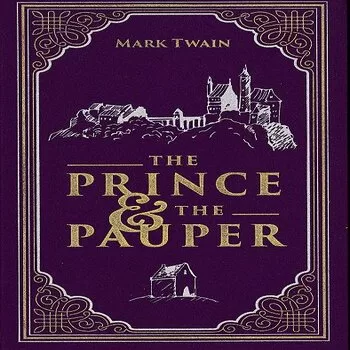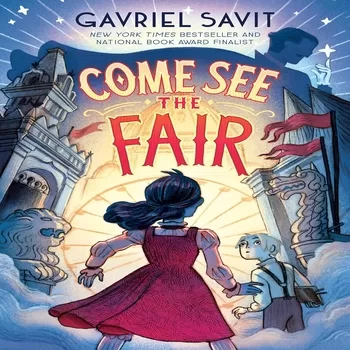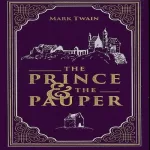Description
The Prince and The Pauper
In this edition of Mark Twain’s timeless classic, readers will be captivated by the exquisite details that make this book truly special. The custom cover, made from a luxurious suede-like material, adds a touch of elegance and sophistication. The cover is further enhanced with beautiful metallic foiling, which adds a shimmering effect and catches the light in a mesmerizing way. Additionally, a ribbon marker is included, allowing readers to easily mark their place in the book and pick up where they left off.
Delving into the story itself, readers will be transported to sixteenth-century London, where they will be immersed in a world of social inequality. Through the eyes of two boys, born on the same day but from vastly different backgrounds, readers will gain a multidimensional view of the stark contrasts in society during this time period. The narrative takes a satirical twist when the boys unexpectedly cross paths, leading to a chance encounter that forever changes their lives.
As the boys, who bear an uncanny resemblance to each other, decide to exchange clothes and assume each other’s roles, they unwittingly set in motion a series of unforeseen challenges and hardships. The Prince, now disguised in rags, navigates the bustling streets of London, experiencing firsthand the struggles faced by the lower classes. Meanwhile, poor Tom finds himself thrust into the opulent world of royalty, constantly living in fear of being discovered and stripped of his newfound privileges.
“The Prince and the Pauper” has stood the test of time as a beloved work of children’s literature, cherished by readers of all ages. Its enduring themes of identity, social inequality, and the power of empathy continue to resonate with audiences today. With its stunning custom cover, intricate metallic foiling, and ribbon marker, this edition offers a truly immersive reading experience that will transport readers back in time to the vibrant streets of sixteenth-century London.
About The Author
Samuel Langhorne Clemens, known by his pen name Mark Twain, was a renowned American author and humorist. His most famous works include the novels Adventures of Huckleberry Finn and The Adventures of Tom Sawyer. Twain’s upbringing in Hannibal, Missouri, served as the inspiration for the settings in these novels. Before establishing himself as a writer, he began his career as an apprentice with a printer and later worked as a typesetter.
Additionally, he contributed articles to his older brother Orion’s newspaper. Despite his early ventures, it was his humorous story, “The Celebrated Jumping Frog of Calaveras County,” that gained him widespread recognition and popularity. Twain’s success extended beyond his writing. He excelled as a public speaker and was highly regarded for his wit and satire. His talent earned him praise from critics and peers alike, and he formed friendships with influential figures such as presidents, artists, industrialists, and even European royalty.
However, despite his achievements, Twain struggled with financial management. Despite earning a substantial income from his writings and lectures, he made poor investment choices, particularly with the Paige Compositor, which ultimately led to his bankruptcy. Fortunately, with the assistance of Henry Huttleston Rogers, Twain was able to overcome his financial difficulties. He worked diligently to repay all his creditors, even though his bankruptcy had legally relieved him of the responsibility. Twain’s life came to an end during the return of Halley’s Comet, which had coincided with his birth.
He was widely celebrated as the “greatest American humorist of his age,” and his impact on American literature was recognized by William Faulkner, who referred to Twain as “the father of American literature.” Despite his financial setbacks, Twain’s legacy as a talented writer and influential figure in American culture remains intact.
The Story Peek
In the first chapter, we are introduced to the contrasting circumstances surrounding the birth of two boys in London during the sixteenth century. On one hand, we have the poor Canty family who did not want their newborn son, Tom Canty. On the other hand, we have the wealthy Tudor family who eagerly welcomed their son, Edward Tudor, Prince of Wales. The people of England had longed and prayed for the birth of a prince, and their joy knew no bounds when Edward was born.
The entire country celebrated with feasts, dances, and merriment, while little attention was given to Tom Canty, who was born into poverty and was only a source of trouble for his pauper family. Moving on to the second chapter, we fast forward several years to a London that has grown and developed. The city, now fifteen hundred years old, is bustling with a population of around a hundred thousand people, possibly even more. The streets are narrow, crooked, and dirty, particularly in the area where Tom Canty resides, close to London Bridge.
The houses in this part of town are made of wood, with the upper floors jutting out over the lower ones, creating a unique architectural style. As the buildings rise higher, they also become wider. These houses are constructed with sturdy criss-cross beams and filled with solid material, which is then covered in plaster. In these two chapters, we are introduced to the stark contrast between the lives of Tom Canty and Edward Tudor.
While Edward is born into privilege and adoration, Tom is born into poverty and neglect. The people of England celebrate the birth of the prince, while Tom’s presence is seen as a burden to his impoverished family. As the story progresses, we will see how these two boys, who share a striking resemblance, will have their lives intertwined and their identities switched, leading to a series of adventures and challenges.




























































































































Reviews
There are no reviews yet.